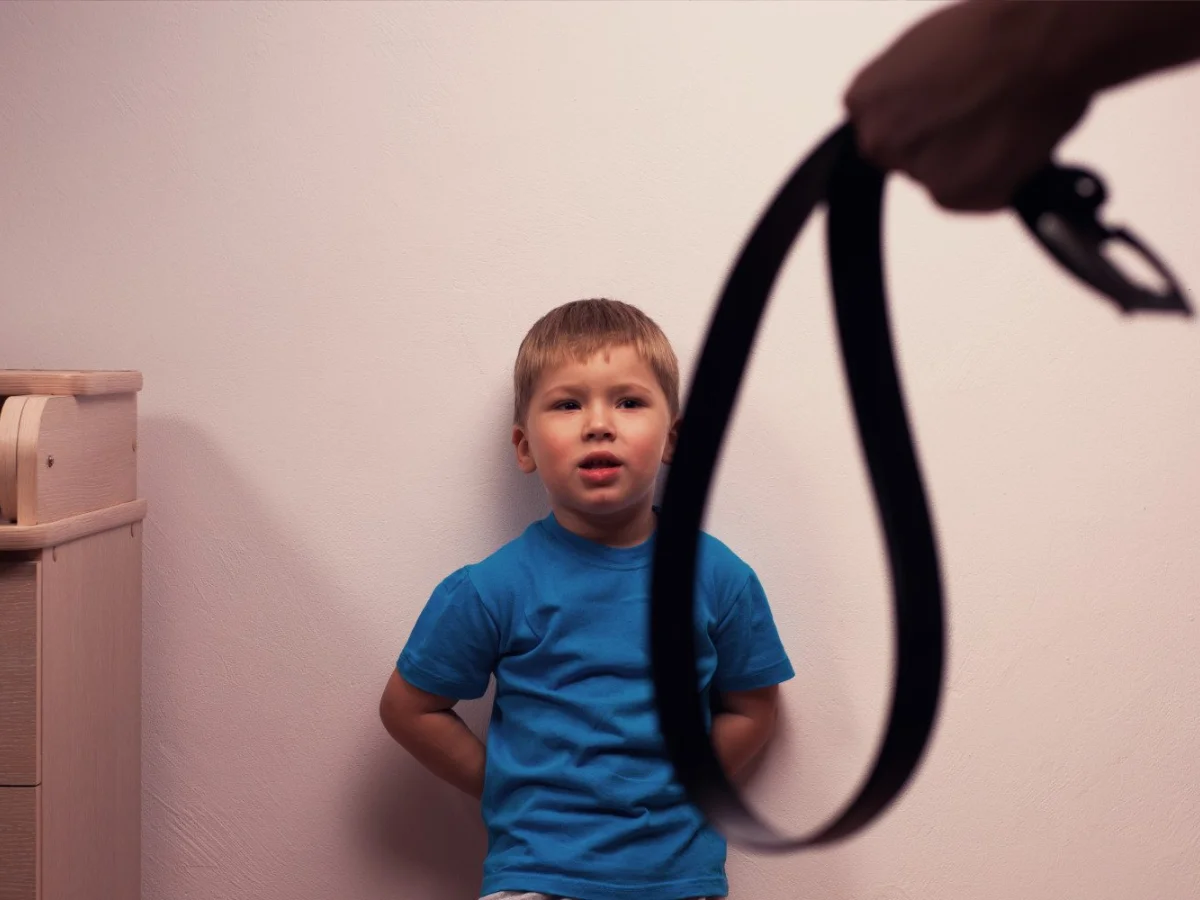Introduction
Child discipline is a sensitive topic, and the methods used can have legal and ethical implications. The use of physical punishment, such as spanking with a belt, is a subject of debate. In this article, we will explore the legality of using a belt for spanking as a form of discipline and discuss the legal, ethical, and practical aspects surrounding this issue.
Understanding Discipline and the Law
Child discipline laws vary from one jurisdiction to another, and there is no one-size-fits-all answer. However, some general principles apply:
- Child Abuse Laws: Most jurisdictions have laws that protect children from abuse. Child abuse can encompass physical, emotional, or psychological harm.
- Reasonable Discipline: While the use of physical discipline is generally discouraged, some jurisdictions allow “reasonable discipline” as long as it does not cause harm.
The Use of a Belt for Spanking
The use of a belt for spanking has been a subject of controversy. Here are some key considerations:
- Reasonable vs. Excessive Force: The legality often depends on whether the use of the belt is considered reasonable or excessive. Using a belt that causes harm or injury may be deemed excessive.
- Parental Rights: Parents typically have the right to discipline their children, but this right is not absolute. It is subject to the child’s safety and well-being.
Legal Implications
The legality of spanking with a belt can have significant legal implications:
- Child Protective Services: Excessive or harmful punishment can lead to Child Protective Services (CPS) intervention, potentially resulting in the removal of the child from the home.
- Criminal Charges: In severe cases, criminal charges may be brought against parents or guardians for child abuse or assault.
Ethical Considerations
Spanking with a belt also raises ethical questions:
- Harm vs. Discipline: It is essential to consider whether the use of a belt causes harm or is a form of discipline. Ethical guidelines often prioritize non-violent and positive discipline methods.
- Alternatives: Many child development experts advocate for alternatives to physical punishment, such as time-outs, loss of privileges, and effective communication.
Practical Advice
When it comes to child discipline, it’s advisable to:
- Understand Local Laws: Be aware of the child discipline laws in your jurisdiction.
- Use Non-Violent Discipline: Consider non-violent and effective discipline methods that promote positive behavior.
- Seek Professional Guidance: If you are unsure about discipline methods, consider seeking advice from child psychologists, counselors, or parenting experts.
Conclusion
In conclusion, the legality of spanking a child with a belt is a complex issue, with legal, ethical, and practical dimensions. While some jurisdictions may allow reasonable discipline, the use of excessive force or causing harm is generally prohibited and can lead to legal and ethical consequences. It is advisable for parents and guardians to seek non-violent and positive discipline methods and to be aware of the laws in their area regarding child discipline.
FAQs
1. Is it legal to spank a child with a belt in all jurisdictions?
- The legality of spanking with a belt varies by jurisdiction. It is essential to be aware of local child discipline laws.
2. What is considered “reasonable discipline” in child discipline laws?
- “Reasonable discipline” typically refers to non-harmful forms of punishment that do not cause physical or psychological harm to the child.
3. Can child protective services intervene in cases of excessive physical punishment?
- Yes, child protective services may intervene if excessive or harmful physical punishment is reported.
4. What are some alternatives to physical punishment for child discipline?
- Alternatives to physical punishment include time-outs, loss of privileges, effective communication, and positive reinforcement.
5. Should I seek professional guidance for child discipline methods?
- If you are unsure about discipline methods, it is advisable to seek advice from child psychologists, counselors, or parenting experts.
Read More: https://courtsandchildren.org/
More Related:
Legal Name Change After Divorce in New York




















